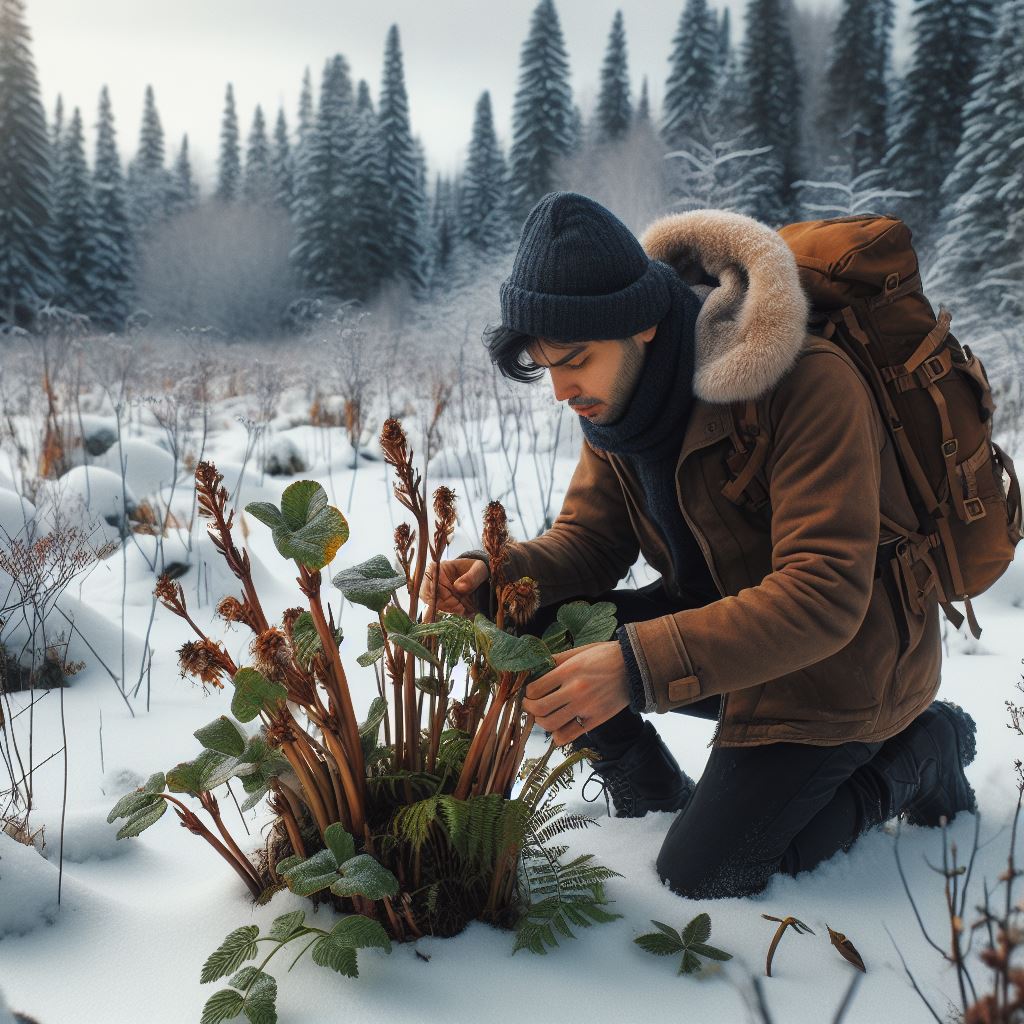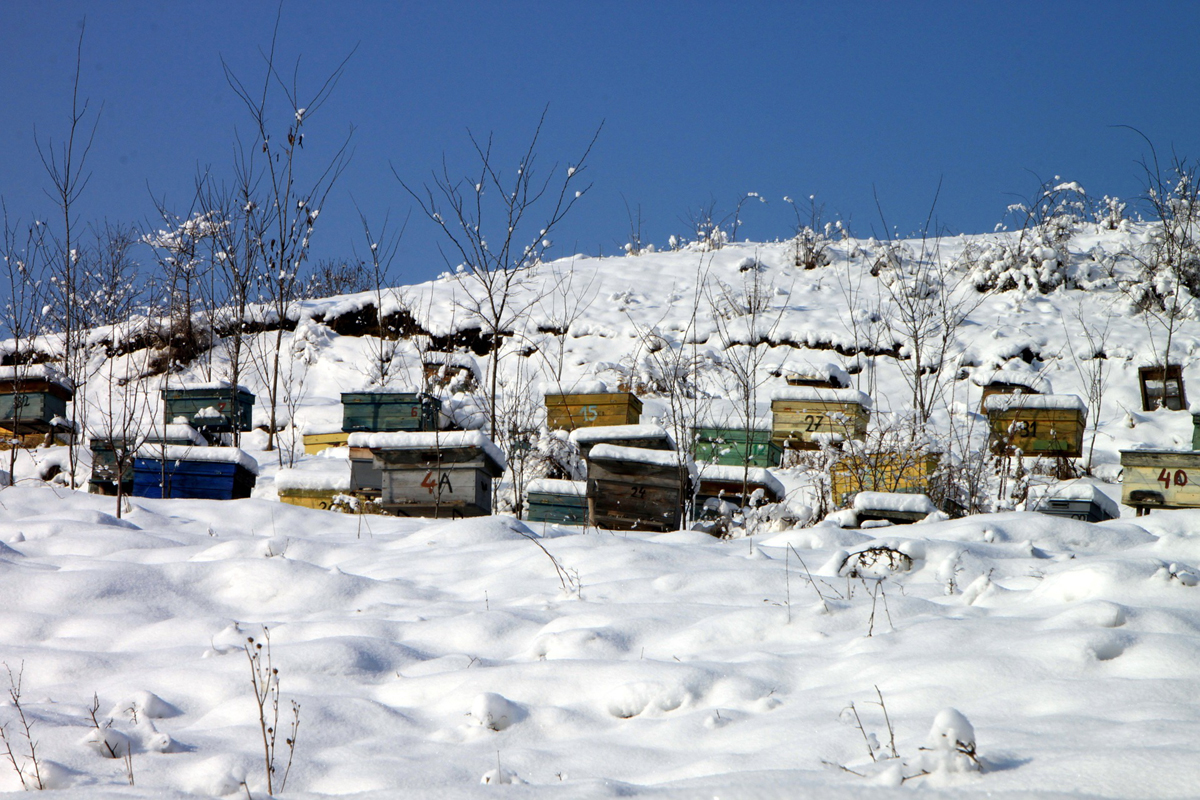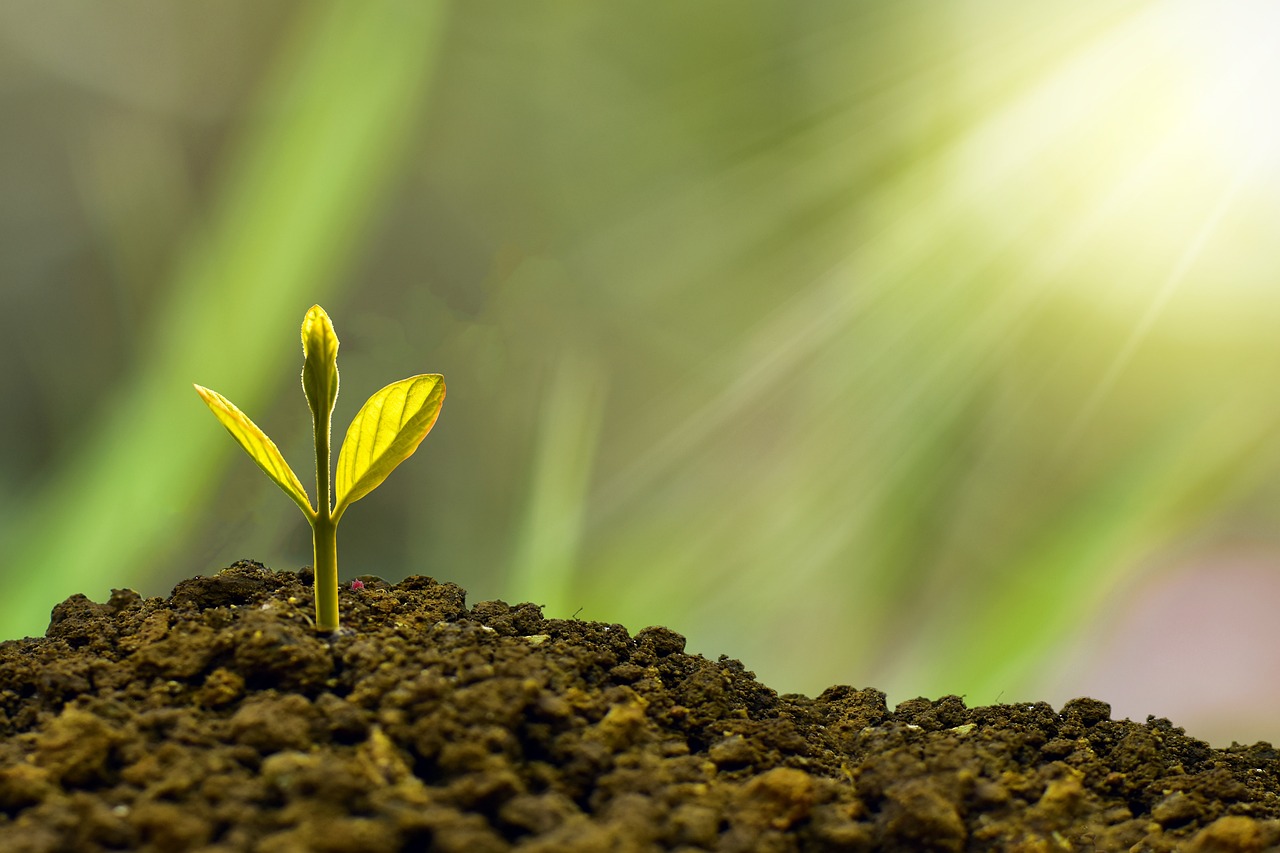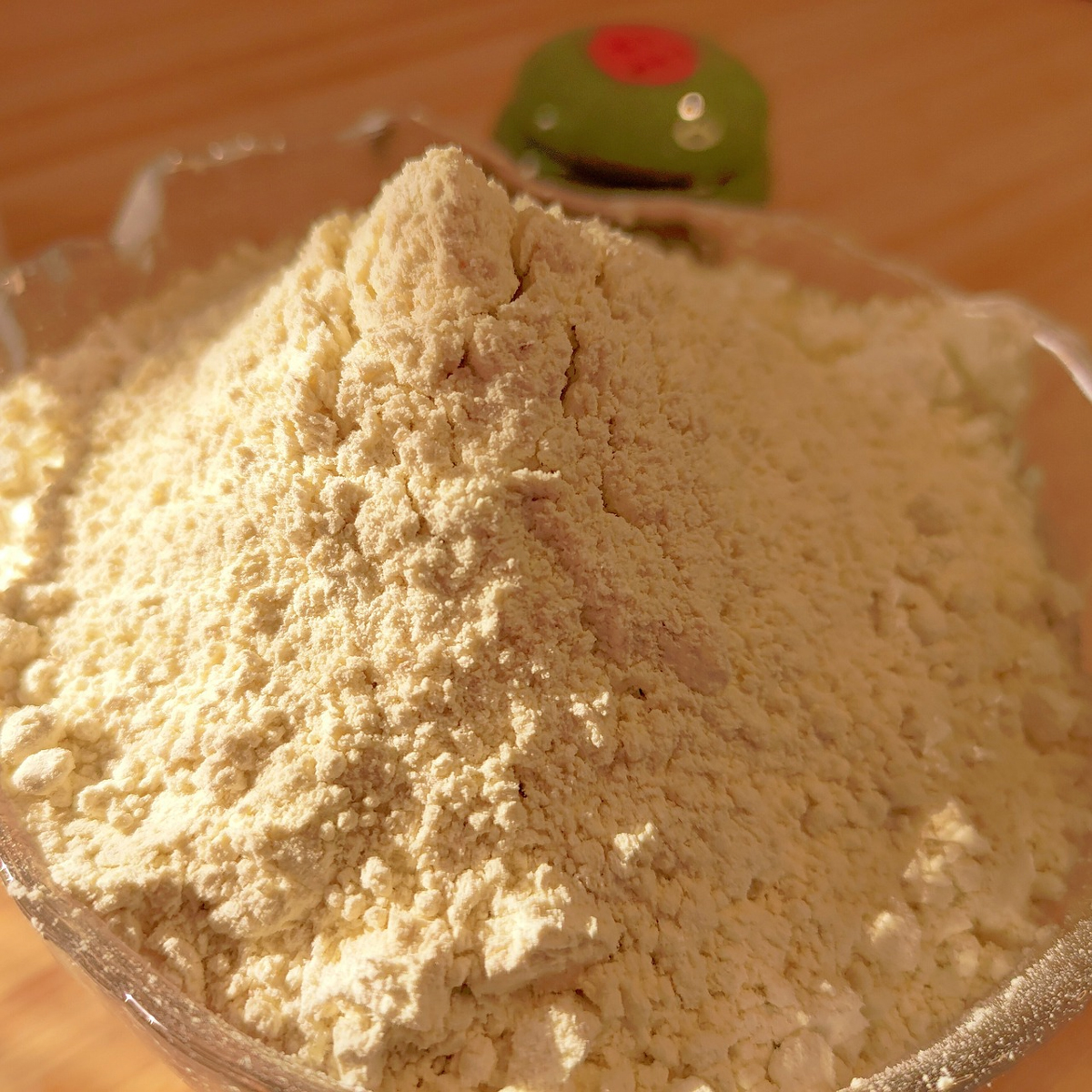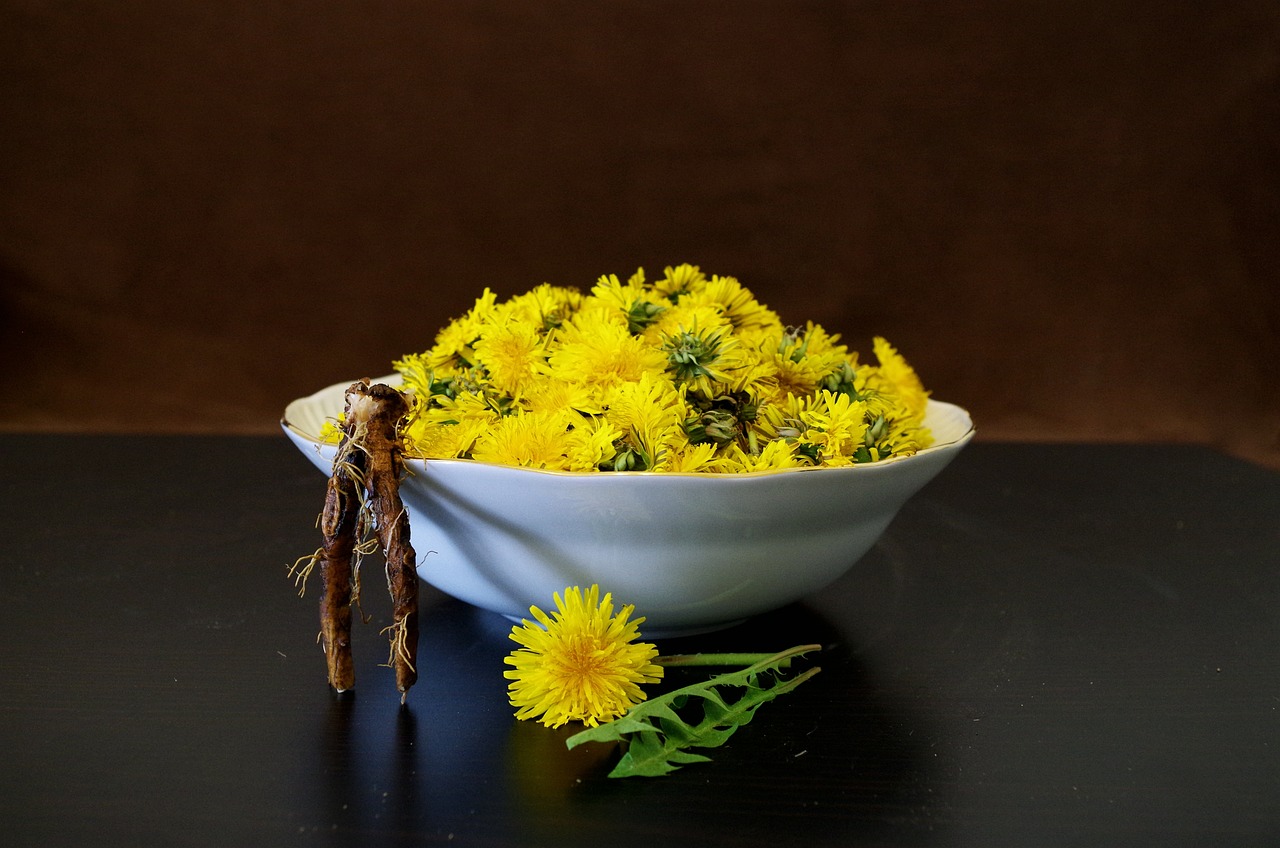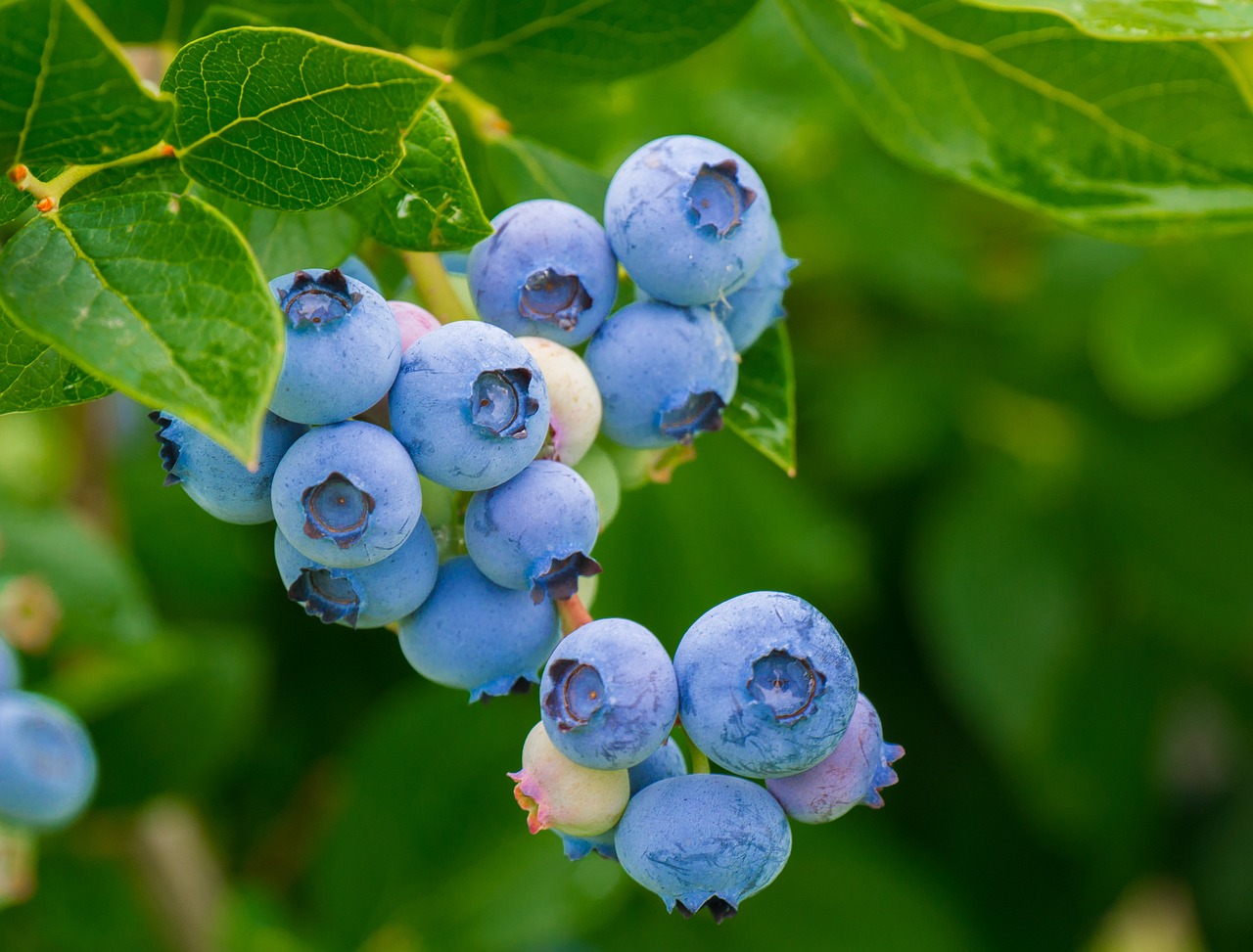10 Most Profitable Specialty Crops to Grow
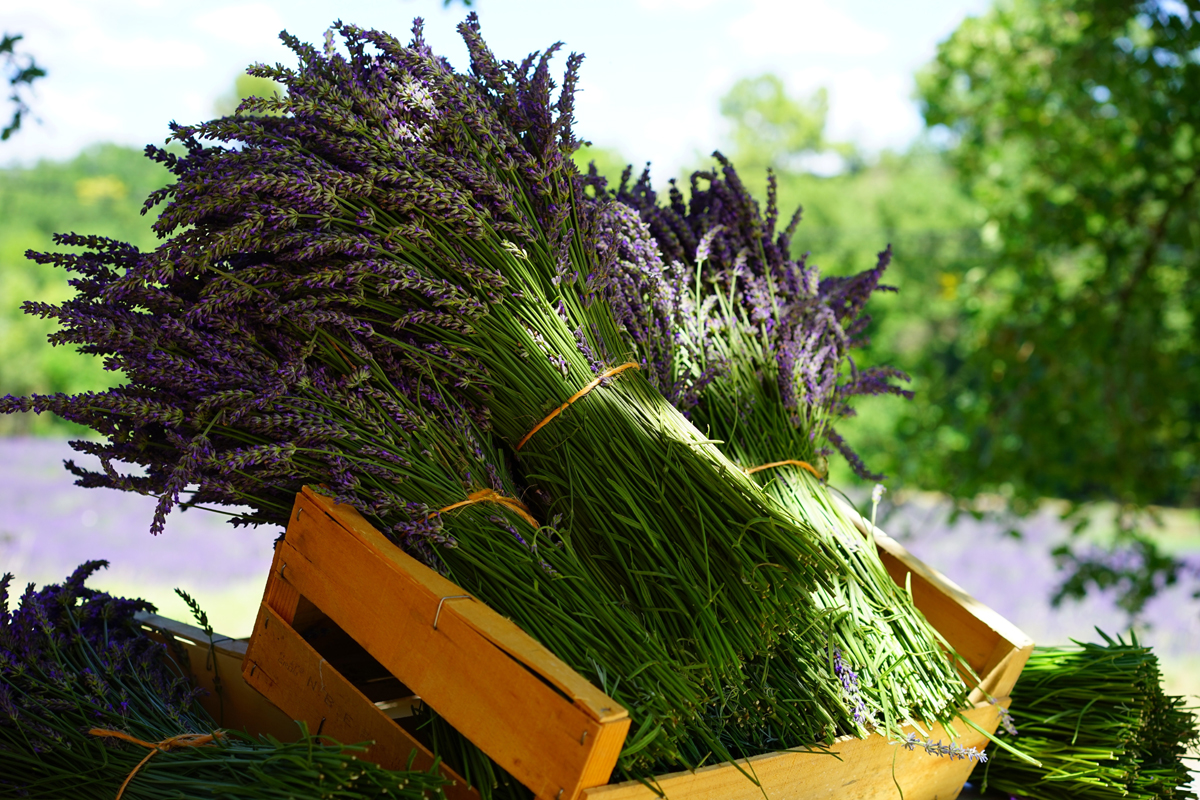
Growing specialty crops is the perfect way to turn your gardening skills and knowledge into extra income. Unlike commonly grown crops like grain and vegetables, specialty crops are not widely grown and bring higher prices for growers. It’s not unusual to find growers earning as much as $60,000 per acre with these unique cash crops.
All of the 10 specialty crops listed in this article are easy to grow and produce above average income from a small plot of land. Best of all, most of them can be grown without working full-time. If you can spare just a few hours a week, and a few hundred dollars for seeds or seedlings and supplies, you can grow any one of these profitable plants. Here are ten specialty crops worth growing:
1. Lavender
Lavender farming can produce above-average profits for small growers, as it is such a versatile crop. The fresh flowers are sold in bundles or used for lavender oil. The flowers are also easy to dry, for sales to florists and crafters to make wreaths and floral arrangements. Lavender is also used to make value-added products such as sachets, herbal pillows, aromatherapy products and skin care products like soap. That’s the charm of growing lavender… nothing is waster.
Read more: 7 Ways to Make Money Growing Lavender
2. Gourmet Mushrooms
Mushrooms are an ideal specialty crop for urban farmers, as they are grown indoors and produce a very high return per square foot. The two most widely grown gourmet mushrooms are oyster and shiitake, which are available fresh or dried in many grocery stores. Oyster mushrooms are especially productive, and can produce up to 25 pounds per square foot of growing area every year. At current prices of $7 a pound, that’s $17,500 worth of harvest from a 10 x 10 space. Although both oyster and shiitake can be dried, most are sold fresh – an advantage for local growers who supply grocery stores and individuals at farmer’s markets.
Read more: How to Make $60,000 Yearly Growing Gourmet Oyster Mushrooms
3. Woody Ornamental
Also known as woody stems, woodies are trees and shrubs whose branches are harvested and sold to florists and individuals for arrangements and craft products such as wreaths. Most woodies have colorful stems, like Red Twig dogwood, odd stems like curly willow or stems with attractive berries, buds or flowers. Some of the well-known woodies include holly in winter, pussy willows in spring and forsythia and hydrangeas in late spring and summer. Unlike annual plants like vegetables, woodies can be harvested over and over again for decades, and produce a year-round harvest and income as different species are ready to harvest during all four seasons.
4. Landscaping Trees and Shrubs
Trees and shrubs used for landscaping are a very profitable specialty crop for small growers, as the profit margins are huge and a large number of container plants can be grown in a small area. For example, 1,500 two-gallon potted trees or shrubs can be grown in just 1,000 square feet. Seedlings for most popular landscaping trees and shrubs are available from wholesale growers for less than a dollar each. Add another fifty cents for a plastic pot and soil, wait two years, and you’ve got a $15 plant. That’s a 750% markup, and that’s not uncommon for this profitable specialty crop.
5. Bonsai Plants
From tiny trees the size of a finger to mature maples and pines just 18 inches high, the world of bonsai is full of surprises. Because the hobby of bonsai is enjoying widespread and growing popularity, there is opportunity for new growers to sell bonsai trees and shrubs to hobbyists and collectors. Most commercial bonsai growers specialize in one of four areas – starter trays of several young, untrained trees or shrubs, starter plants in individual pots, trained plants that have been trained to their first ceramic pot, and specimen plants that can bring hundreds of dollars from collectors. Becoming a bonsai grower requires very little growing area, as the plants are so compact, and a few hundred dollars for seeds or seedlings and supplies.
6. Japanese Maples
For hundreds of years, Japanese maples have been grown and admired by gardeners who view them as the ultimate collector’s tree because of their unique beauty. Because most retail garden centers don’t have room to display very many varieties, a small specialty grower who focuses on them can prosper with Japanese maples. Also, because Japanese maples are small trees, they can be grown in containers to allow more varieties to be grown in a small space – ideal for those with a limited growing area. With high prices and limited supply, these beautiful trees can become a profitable niche for a patient grower.
7. Willows
This trouble-free tree is easy to grow and maintain, and the shoots, also called rods, and catkins enjoy a strong demand. Florists use the stems for arrangements and wreaths, and crafters use the shoots for basketry and other fiber arts, such as garden trellises and rustic willow furniture. A recent University of Kentucky report found growers could harvest 4-5 tons of willow shoots per acre, which bring $7 a pound from basket weavers. That works out to $56,000 per acre.
8. Garlic
The payoff on growing garlic can be big for those who grow “gourmet” garlic. There are 3 types of gourmet garlic, also called hardneck garlic. They are Rocambole, Purplestripe and Porcelain, and once you have experienced their superior flavor, you’ll never want to go back to ordinary garlic again. That’s why customers are willing to pay high prices – as much as $10 a pound – to get their favorite varieties. Another grower and customer favorite is Elephant garlic, whose large, mild cloves bring $6-$8 per pound. In good soil, an acre of Elephant garlic can yield 15,000 pounds. It is very hard to lose a crop of garlic crop, as it tolerates a wide range of soil and weather conditions. That’s why some growers call garlic the “mortgage lifter.”
9. Bamboo
This amazing plant, a member of the grass family, has long been a landscaping favorite, as landscapers can pick a species of bamboo ranging from dwarf Sasa bamboo that is barely a foot tall, to giant timber bamboo that can reach 75 feet in height. By growing container bamboo for landscapers and homeowners, digging is eliminated, and the plants take up far less space. In fact, over 600 bamboo plants in 5-gallon pots can be grown in a 30′ x 40′ space. Container landscaping bamboo brings high prices too, with the average plant fetching $45.
10. Herbs
The use of herbs has enjoyed impressive growth in the last two decades as more people began using fresh herbs for cooking, medicinal herbs and value-added herbal products such as soaps, candles, teas and bath oils. The biggest herb demand is for fresh culinary herbs for grocery stores and restaurants. Quite a few growers also supply new and regular customers at the Saturday farmer’s markets. A popular value-added item there is a 4-herb windowsill size “instant’ herb garden, ready to start snipping. Other growers find dried culinary herbs in packets sell well at the farmer’s market. With hundreds of choices, including a broad range of ethnic herbs for serious cooks, growers can thrive with fresh herbs.
These are ten of my favorite specialty crops, because they all can produce a sizable income every year, are in demand, and can be grown by anyone with a bit of common sense and basic gardening skills. Any one of these profitable plants could bring both personal and financial rewards to new growers.
The Author:
Craig Wallin is the author of 8 books about growing high-value specialty crops, such as herbs, flowers, garlic, mushrooms, ginseng, bamboo, lavender, exotic trees, woody ornamentals, microgreens and landscaping plants.
Photo. Pexels

